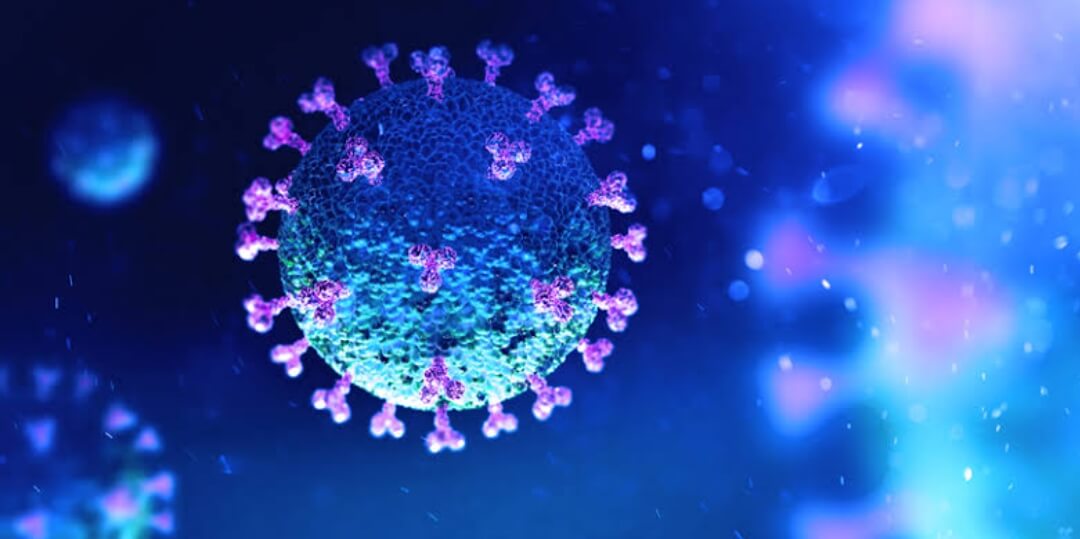
Nanotechnology is the medicine of the future
Many current medical techniques are invasive and regularly require lengthy patient recovery. With today’s nanotechnology, developing a noninvasive medical interface is becoming possible to develop devices that are small enough to adhere to a human cell. It can be considered that nanotechnology is the medicine of the future. Siyang Zheng, associate professor of biomedical engineering and electrical and computer engineering, and his lab are fabricating devices at micrometer and nanometer scales and synthesizing nanomaterials for vital medical applications. “I believe micro and nanoengineering will be critical for the advance of engineering and medicine,” stated Zheng. “Many of the goals of our tasks are to solve critical medical challenges.”
Cells, and macromolecules within the cells, are the functioning units of the human frame. They are measured at a micrometer to a nanometer in scale, respectively. Zheng is growing micro/nanotechnology to be capable of interfacing with human cells. The common human hair is about 60,000 – 100,000 nanometers wide for length comparison. Developed in Carnegie Mellon’s Claire & John Bertucci Nanotechnology Laboratory and the Biomedical Engineering Collaboratory, those microdevices and substances are supposed to carry out non-invasive diagnoses for cancer or infectious diseases or formulate and deliver therapeutic drugs to targeted locations.
In one studies project, Zheng’s institution is growing nanomaterials to supply healing reagents to cells. “They won’t replace chemotherapy, targeted therapy, or immunotherapy,” stated Zheng. “But hopefully make them work much better.” Current cancer therapy is mostly a systematic treatment, which means the medicine circulates for the duration of a patient’s whole frame so that you can impact cancerous cells. By using this innovative nanotechnology, therapeutic drugs might be inserted at once into the cancerous cells, leaving the rest of the patient’s body largely untouched by harsh drugs. “Currently, only a small percentage of the drug reaches the locations it is meant to be,” stated Zheng. “We want to deliver the drug to its targeted location while minimizing its off-targeting effects. While that technology can work for different cancer types, currently we are mainly working on pancreatic cancer, lung cancer, and brain cancers.” Nanotechnology is the medicine of the future.










